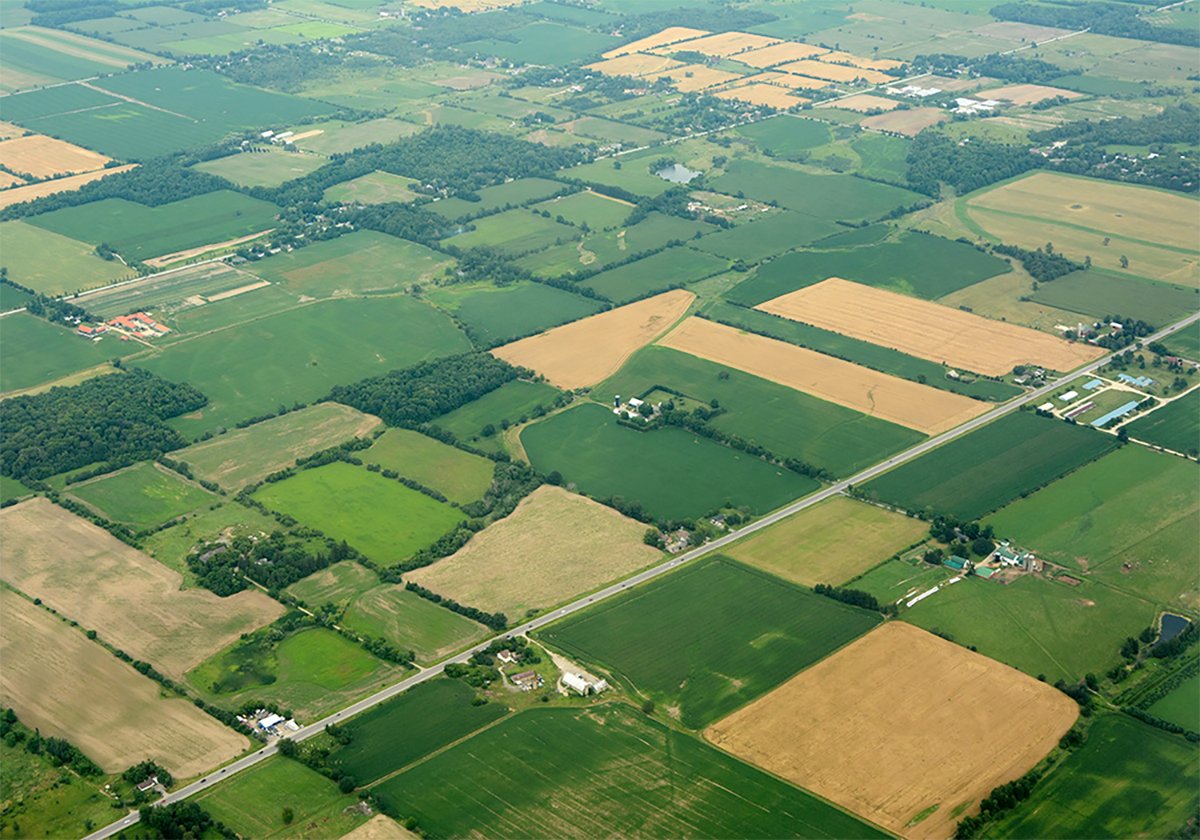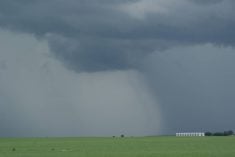AN ANNOUNCEMENT about new rules isn’t ordinarily cause for great excitement but this is an exception.
The United States Department of Agriculture has released the rules that could eventually see the border reopened to some categories of Canadian cattle. The list now goes to the U.S. Office of Management and Budget for review, a process estimated to take 30 to 90 days. An implementation period of up to 60 days may follow.
It is the first step in a process and a step in the right direction.
Read Also

Higher farmland taxes for investors could solve two problems
The highest education and health care land tax would be for landlords, including investment companies, with no family ties to the land.
Some might be skeptical about this development, given that the hopes of the Canadian cattle industry have been raised and dashed numerous times since the border closed on May 20, 2003.
The good news seems especially tenuous as the world awaits word on whether a suspected case of BSE in the U.S. proves positive. At press time test results were unknown and many Canadians voiced the worry that a positive case would somehow be traced to this country – a repeat of the scenario in Washington state last December, when a cull dairy cow was traced to an Alberta herd.
In fact, we wonder if a Canadian Food Inspection Agency news conference last week might have been the precursor to that very scenario.
CFIA announced that, because of higher levels of BSE testing this year and in the future, more cases of BSE will likely be discovered. If that does happen, it shouldn’t affect Canada’s official animal health status.
That’s an important message, but one the CFIA has been publicizing for many months. The skeptics among us might think the news conference was a ploy to soften up ground for another positive case in North America.
For the moment, however, we can take the good news about the rules process at face value. If it unfolds as it should, the most optimistic scenario would see the border open to live cattle in as few as three months. However, cattle industry officials suggest four to six months is a more likely window, barring unforeseen delays and developments.
While they watch the process unfold, those in the Canadian cattle industry must continue to act on the lessons learned from the BSE crisis and carry on with plans to build strength back into the domestic packing industry.
Many producers have worked to establish Canadian-owned packing plants and they will need industry, political and consumer support to see these plans through. Facilities to process cattle older than 30 months are likely to be among the most important to the cattle industry’s future, at least in the short term.
As well, the industry must persevere in its plans to diversify its beef and cattle marketing strategy.
We will celebrate the posting of the rules because of the promise it offers to an ailing industry. However, when borders once again open to Canadian cattle, the world should find the resolve of our cattle industry stronger as a result of its struggle.














